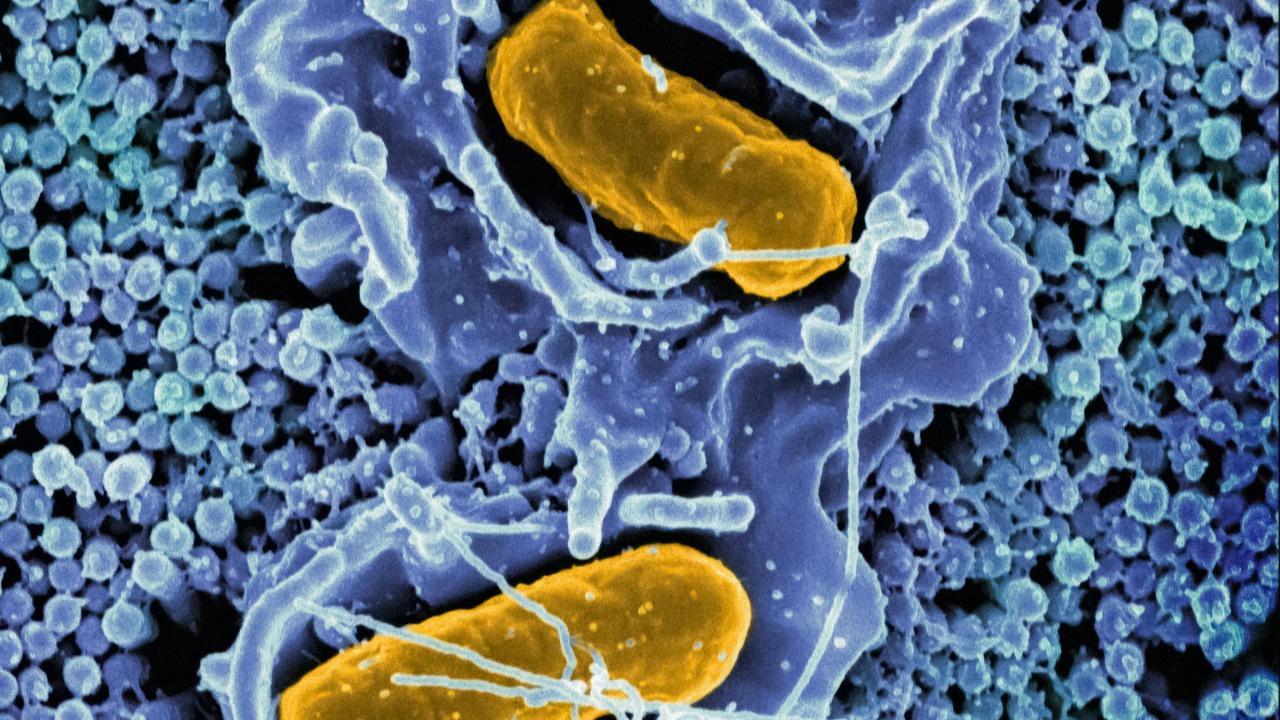
Recent experiments have unveiled the remarkable resilience of an Earth bacterium that survived the extreme conditions of a rocket launch. Scientists have now simulated Martian conditions and demonstrated that this bacterium could potentially thrive and propagate on Mars. These findings have sparked urgent discussions about the need for stricter planetary protection protocols to prevent inadvertent biological contamination during future Mars missions.
The Rocket Launch Survival Test
In a groundbreaking experiment, bacterial samples were subjected to the intense forces of a rocket launch. The test simulated the extreme acceleration levels and vibration intensities that spacecraft experience during space travel. Following the launch, scientists used a range of techniques to confirm the bacteria’s survival. These included culturing methods and genetic sequencing to ensure that the bacteria had not suffered any damage during the ordeal.
According to a report published on October 19, 2025, the bacterium’s cellular structure remained intact after the launch. This rocket launch experiment demonstrated the bacterium’s extraordinary resilience, further emphasizing the potential risks of biological contamination during space missions.
Identifying the Resilient Bacterium
The bacterium in question is known for its extremophile properties, which allow it to survive in harsh environments, including those with high radiation levels and desiccation. Its biological mechanisms, such as robust DNA repair systems, enable it to withstand the stresses of a rocket launch without undergoing mutation.
The bacteria survival study published on October 19, 2025, provides a detailed account of the identification process and the species traits of this resilient bacterium.
Simulating Mars Conditions
Following the rocket launch survival test, scientists conducted laboratory simulations to replicate the surface environment of Mars. The bacterium was exposed to low pressure, cold temperatures, and high UV radiation levels, mimicking the harsh conditions on the Red Planet. The duration and variables of these tests, including exposure times and atmospheric compositions, were carefully controlled to assess the bacterium’s long-term viability.
Results from the simulation experiments published on October 19, 2025, revealed that the bacterium showed active growth potential under Martian conditions.
Risks of Planetary Contamination
The survival and potential proliferation of this bacterium on Mars could lead to unintended colonization, which might alter the planet’s native ecosystem or complicate the search for indigenous life. These findings have broader implications for forward contamination, as stipulated under international space treaties, and underscore the need for enhanced sterilization procedures on spacecraft.
A contamination risks analysis published on October 19, 2025, raised concerns about mission-specific threats and the potential for biological contamination on Mars.
Scientific and Mission Responses
In response to these findings, space agencies such as NASA have proposed updates to cleanroom protocols and bio-containment measures for future launches. Experts have emphasized the urgency of these measures, advocating for robust prevention strategies to avoid bio-invasion scenarios.
The mission concerns report published on October 19, 2025, includes verbatim statements from space agencies outlining proposed revisions to existing protocols.
Future Research Directions
These findings have paved the way for expanded studies, such as orbital exposure tests or genetic modifications, to understand the limits of bacterial invasion. Interdisciplinary collaborations in astrobiology could help model bacterial spread rates on Mars, providing valuable insights for future space missions.
The invasion potential research published on October 19, 2025, calls for advanced simulations and further studies to fully understand the implications of these findings.